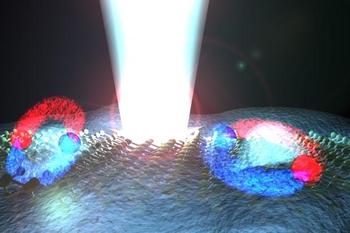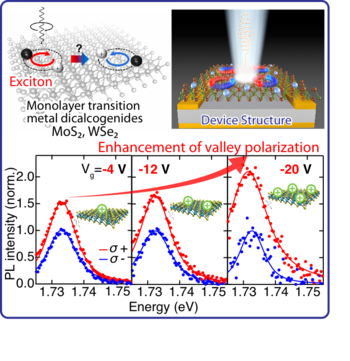Broad Band Energy Science
Laboratory for Complex Energy Processes Broad Band Energy Science Research Section
Professor(Concurrent) : Kazunari MATSUDA
Program-Specific Assistant Professor : Keisuke SHINOKITA
In order to achieve broadband light utilization, we are engaged in clarification of mechanism and control of novel optical phenomena in nanomaterials with the advanced spectroscopic technique in broad spectral range with device fabrication.
http://www.iae.kyoto-u.ac.jp/conv/en/index.html
Development of novel optical phenomena to achieve broadband light utilization
Efficient use of abundant solar energy requires conversion and storage of light over a broad and continuous range of the spectrum covering not only visible region but also infrared region.
We study novel optical phenomena in diverse nanomaterials to achieve broadband light utilization in ultraviolet, visible, infrared and terahertz region. We are engaged in clarification of mechanism and control of novel optical phenomena in nanomaterials with device fabrication and advanced spectroscopic technique in broad spectral range.

Novel optical phenomena in atomically thin-layered materials
Atomically thin-layered two-dimensional semiconductors including transition metal dichalcogenides (MX2; M=Mo, W, X=S, Se, Te) have attracted much interest for both fundamental research
and practical application, since the exciton comprising from strongly Coulomb-bounded electron and hole due to extreme quantum confinement has new quantum degrees of freedom, valley pseudospin, in momentum space. The valley degrees of freedom of exciton corresponding to 0 and 1 signal in information processing would enable next-generation optoelectronics device for low power consumption and high-speed operation. Now the advanced spectroscopic technique in broad spectral range with device fabrication is engaged in study of valley physics in the two-dimensional transition metal dichalcogenides.
Elucidation and control of valley relaxation phenomena
Schematics of control of valley relaxation phenomena in monolayer Tungsten diselenide (WSe2) utilizing field-effect-transistor device structure.








